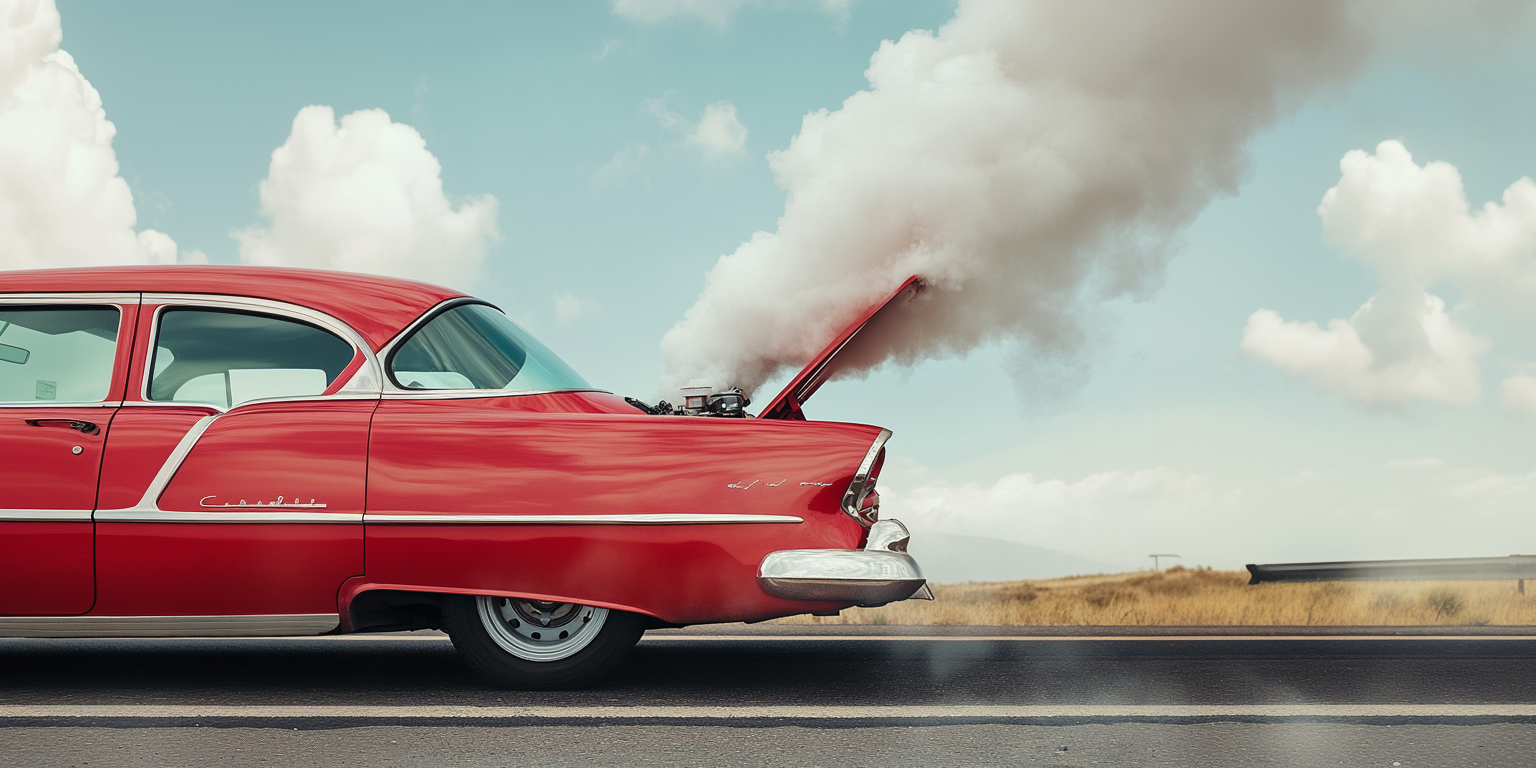In the world of commercial laundry, not all machines are created equal—though some certainly do a great job of looking the part. A sleek exterior, a digital display, and a warranty that sounds impressive might convince some buyers they’re making a smart investment.
But laundry isn’t a beauty contest, and when it comes to true commercial performance, it’s what’s on the inside that counts.
Some brands focus on appearances, making machines that look commercial but don’t have the durability to back it up. You might see the word “commercial” on the box, but if you open the machine up, you’ll find plastic where there should be steel, weak components where there should be strength, and engineering that prioritises cost-cutting over longevity.
It’s like buying a luxury car only to discover the engine is from a lawnmower.
Meanwhile, true commercial machines, like Speed Queen, are built with solid metal components, heavy-duty bearings, and tested parts that can handle thousands of cycles without breaking down.
And that’s where the problems begin for machines that don’t measure up.
When something is too good to be true (a “commercial machine” for a low, low price), then
you know it probably is. Here is why.
When “Commercial” Isn’t Really Commercial
A longer warranty and the name “commercial” might sound reassuring, but it doesn’t necessarily mean the machine is built to last. Some machines are designed for marketing, not for longevity, which becomes painfully obvious when you look at what’s under the hood.
Take an up-and-coming competitor, for example. When you pull both theirs and our washers apart, there are some stark differences on the inside that explain why their product is so cheap:
- Plastic bases instead of steel – Lighter, cheaper, and far less durable. Under constant use, plastic doesn’t absorb vibration well, leading to excessive wear and an early retirement. Speed Queen machines, on the other hand, use fully welded steel bases for maximum durability.
- Small, disposable bearings – Bearings are critical to a machine’s lifespan, but some brands use tiny, underbuilt bearings that are sealed inside the tub. When they fail (which happens sooner than you’d like), you can’t just replace the part—you have to replace half the machine. Speed Queen washers are designed with replaceable, high-quality bearings, ensuring easy serviceability and long-term reliability.
- Flimsy outer tub construction – A strong washer needs a strong foundation. Some brands use weaker suspension systems and thinner materials, making machines more prone to breakdowns, especially under high loads. Speed Queen’s stainless steel outer tubs and reinforced suspension are built to withstand the heaviest
daily use.
- Difficult service access – Some machines require removing the entire front panel just to perform basic repairs. Good luck getting that serviced without a long, expensive call-out. Speed Queen designs machines with quick, easy access to key components, ensuring that servicing is straightforward, and downtime is minimal.
At the end of the day, just because something is called “commercial” doesn’t mean it’s built for real commercial use.
The “Long Warranty” Illusion
A warranty doesn’t make a bad machine good. It just delays the inevitable. Some brands offer long warranties to compensate for weaker designs, knowing full well that repairs will be needed sooner rather than later, but after they’ve banked a bunch of sales. A real commercial machine offers a long warranty to because it has strong engineering, quality components, and a build that’s meant to last.
In a high-use environment, the real cost isn’t just the machine—it’s:
- The downtime when it fails
- The service costs when parts aren’t built to be replaced
- The frustration when repairs take longer than expected
A commercial laundry machine should be a workhorse, not a liability. If it’s built to look good on a showroom floor but not to handle thousands of cycles under real-world conditions, it’s not a commercial machine—it’s just a household washer in disguise. Speed Queen’s machines, however, are tested to between 10,000 and 30,000 cycles (sometimes even more!) —ensuring they hold up under real-world commercial demands.
It's What’s On The Inside That Matters
Speed Queen has been designing machines this way for over a century, using metal parts where others use plastic, replaceable components where others use disposable ones. Our durability has been tested over time and in our factories, whereas others rely on simply slapping a “commercial” label on their product.
At the end of the day, a machine that looks premium but isn’t built for the job will cost more in downtime, repairs, and frustration in the long run. Some machines spend more time waiting for a technician than actually washing laundry—and let’s be honest, if you wanted a machine that takes days off, you’d have hired another employee instead. But a machine designed to withstand real commercial use? That’s an investment, not an expense.
Because in laundry, as in life, it’s what’s on the inside that counts. That's why the competition hates our guts. Here's an old poster that we still love!

Find out the difference commercial makes. Get in touch.

